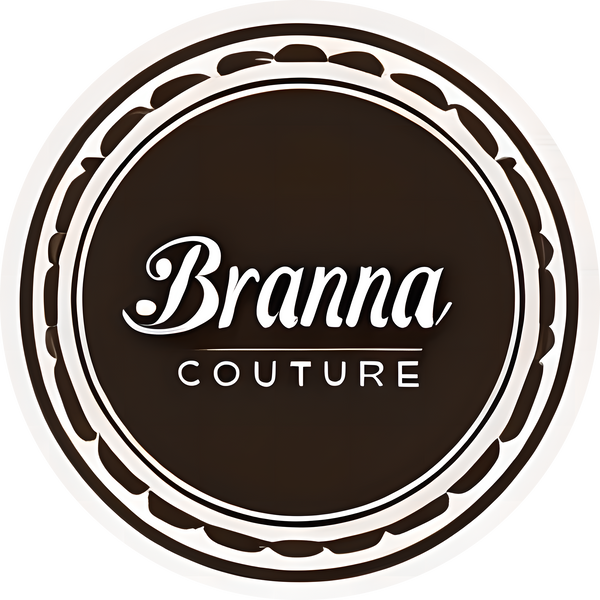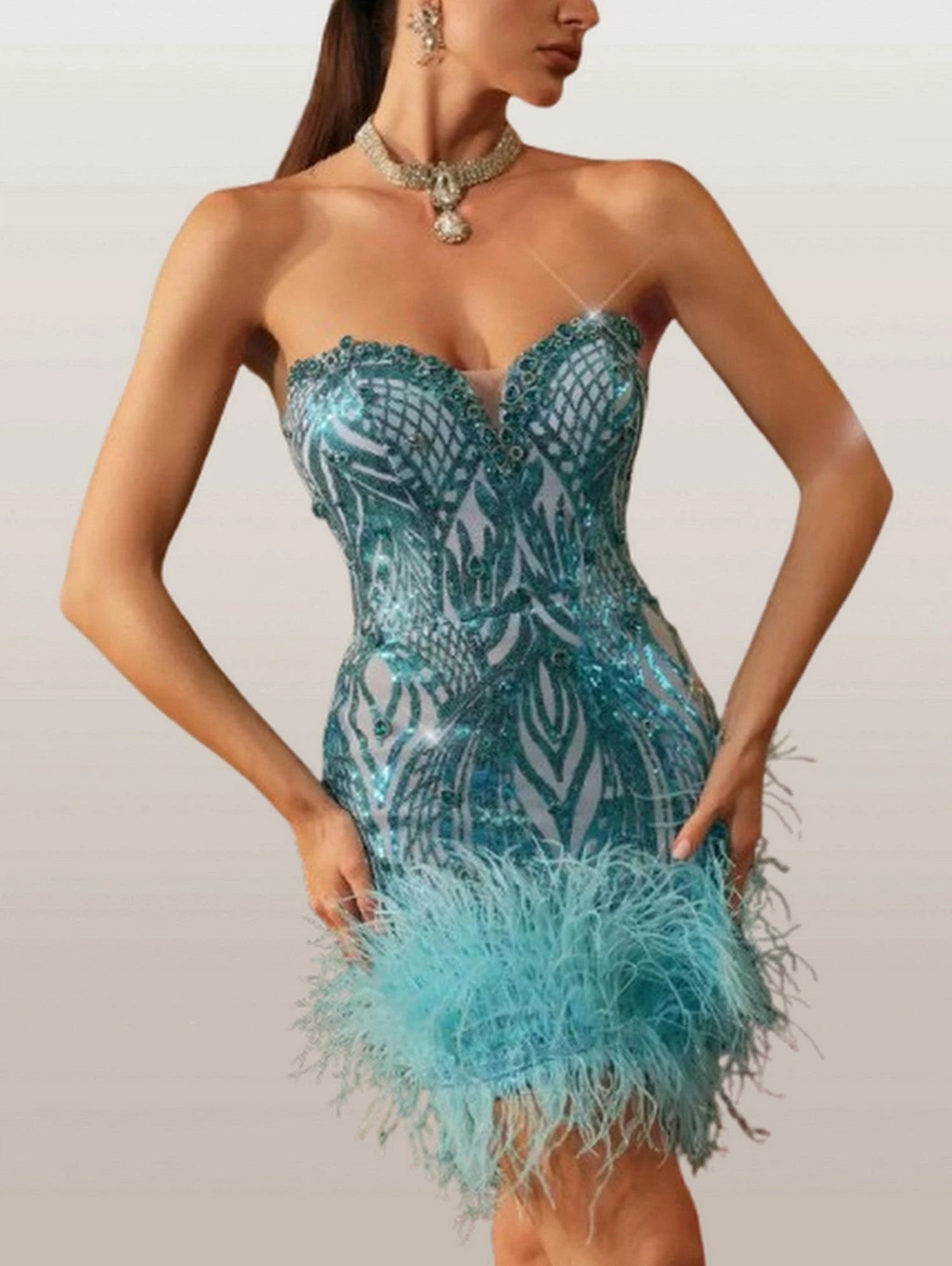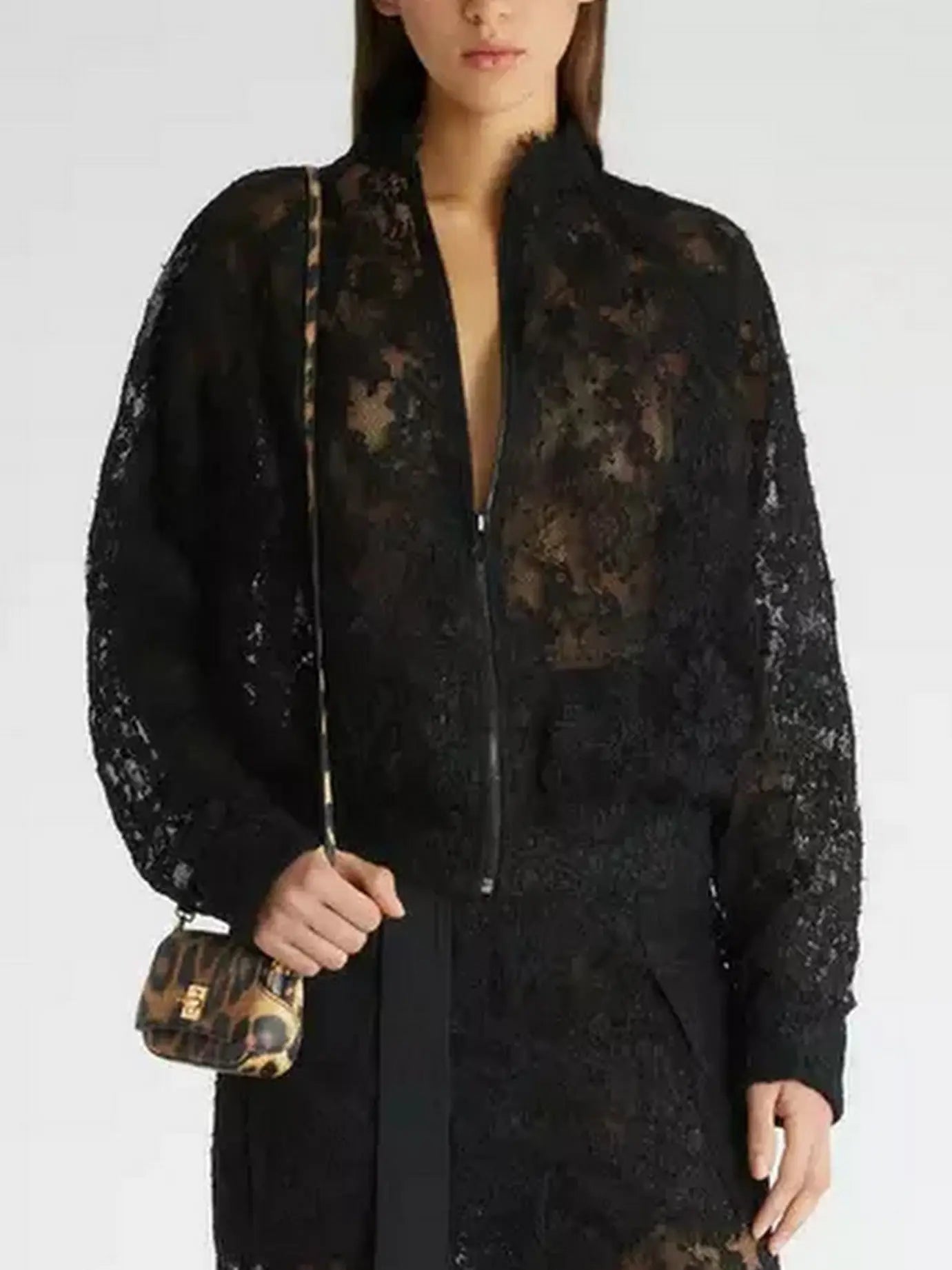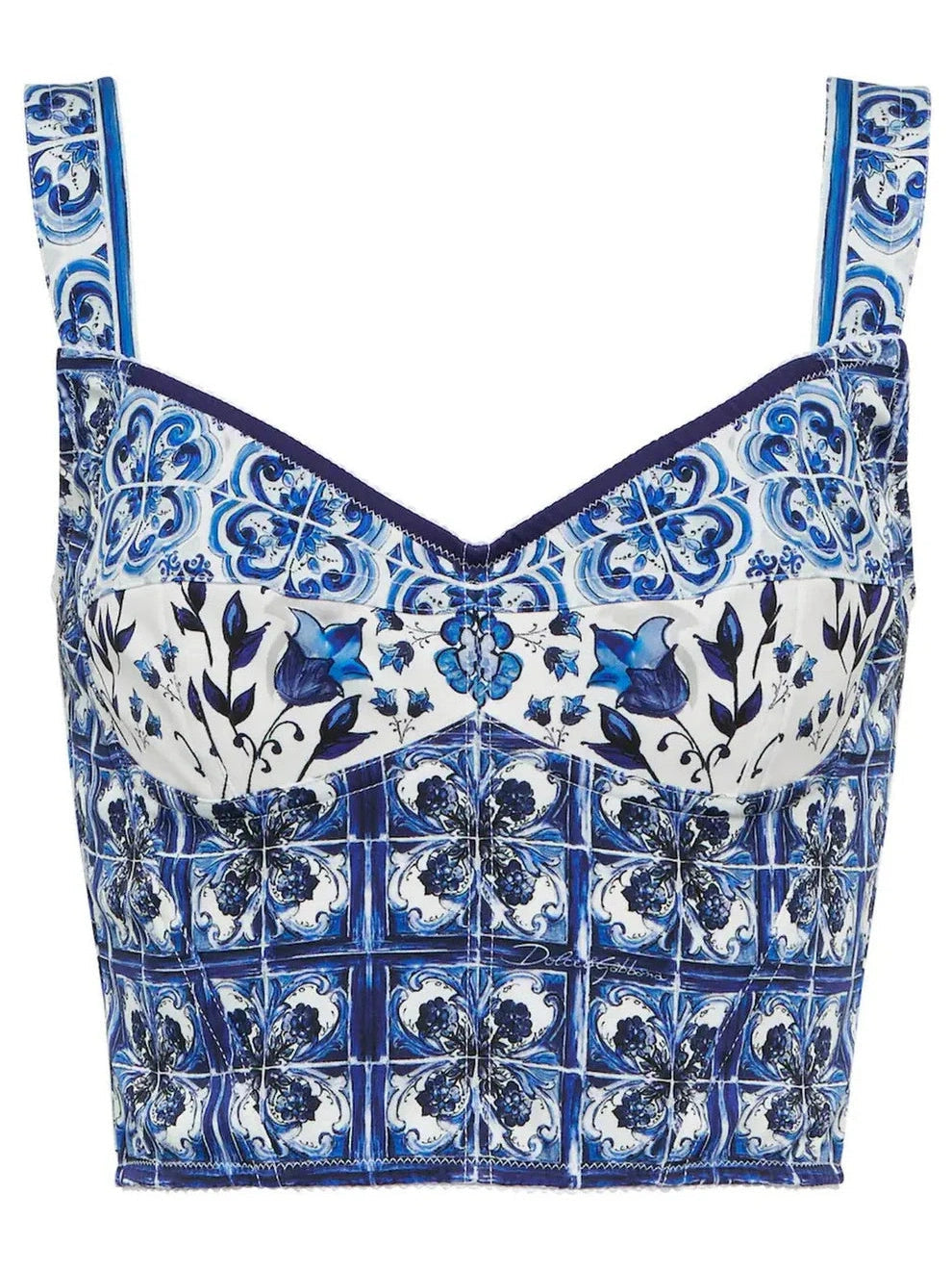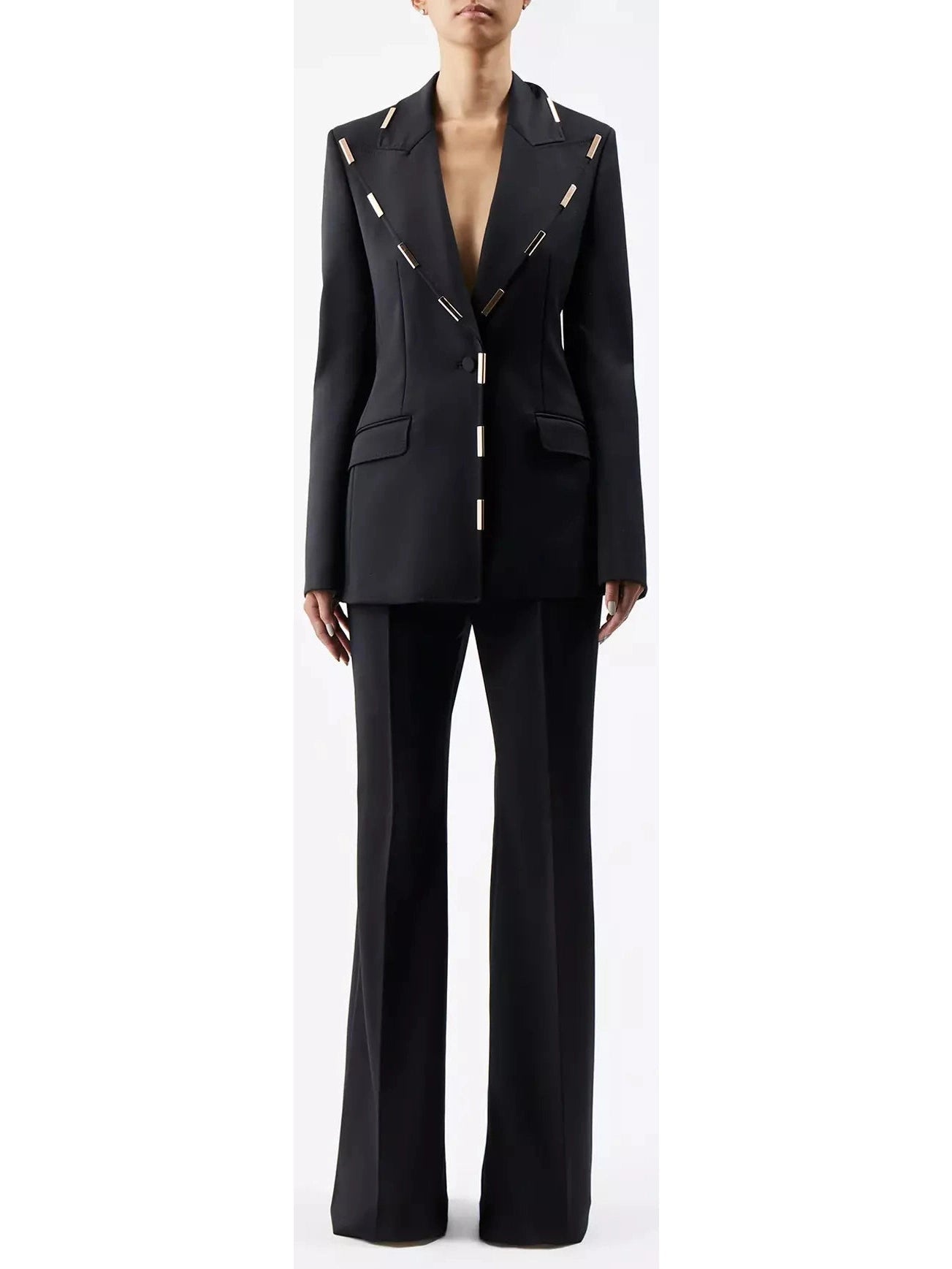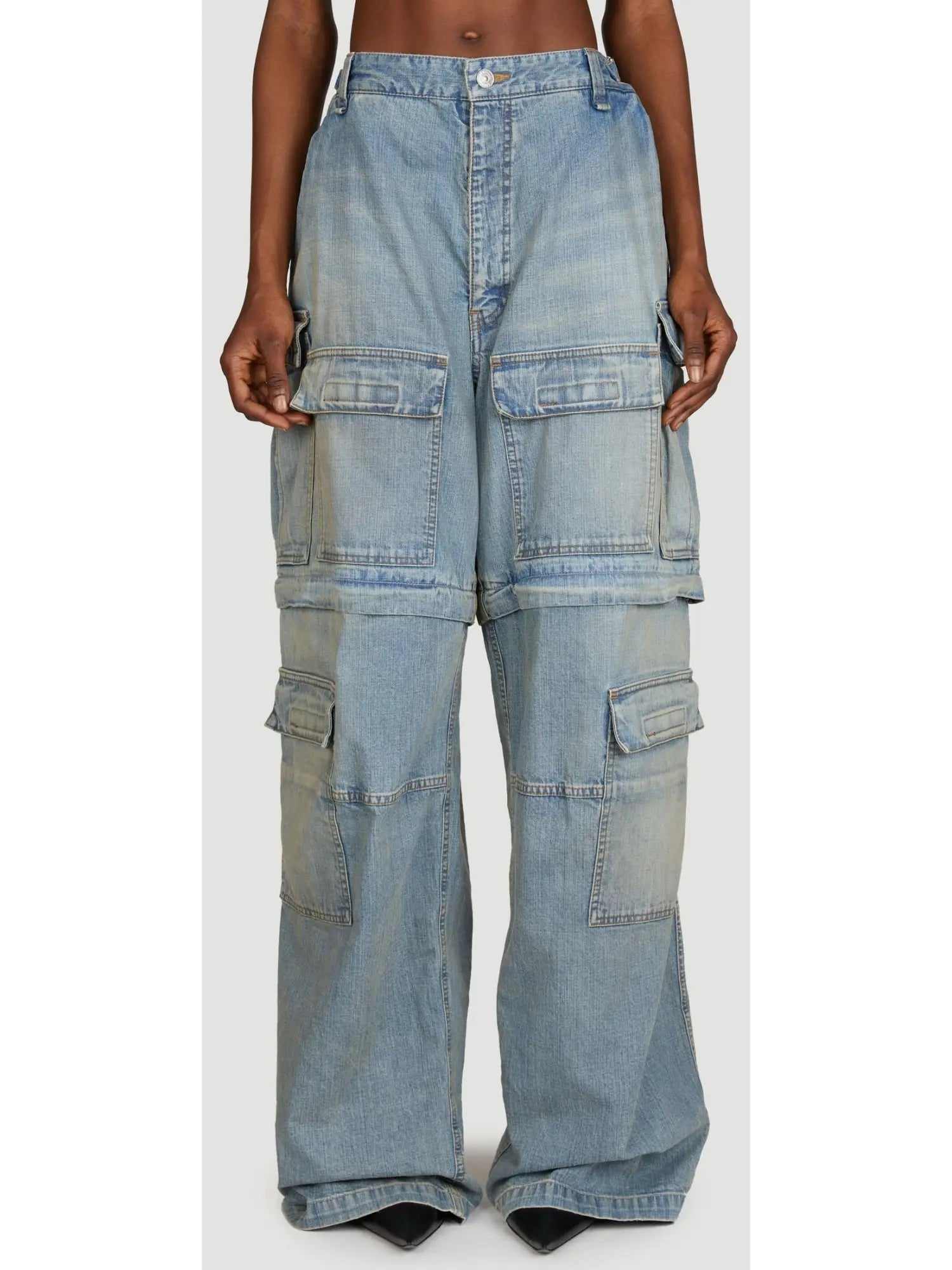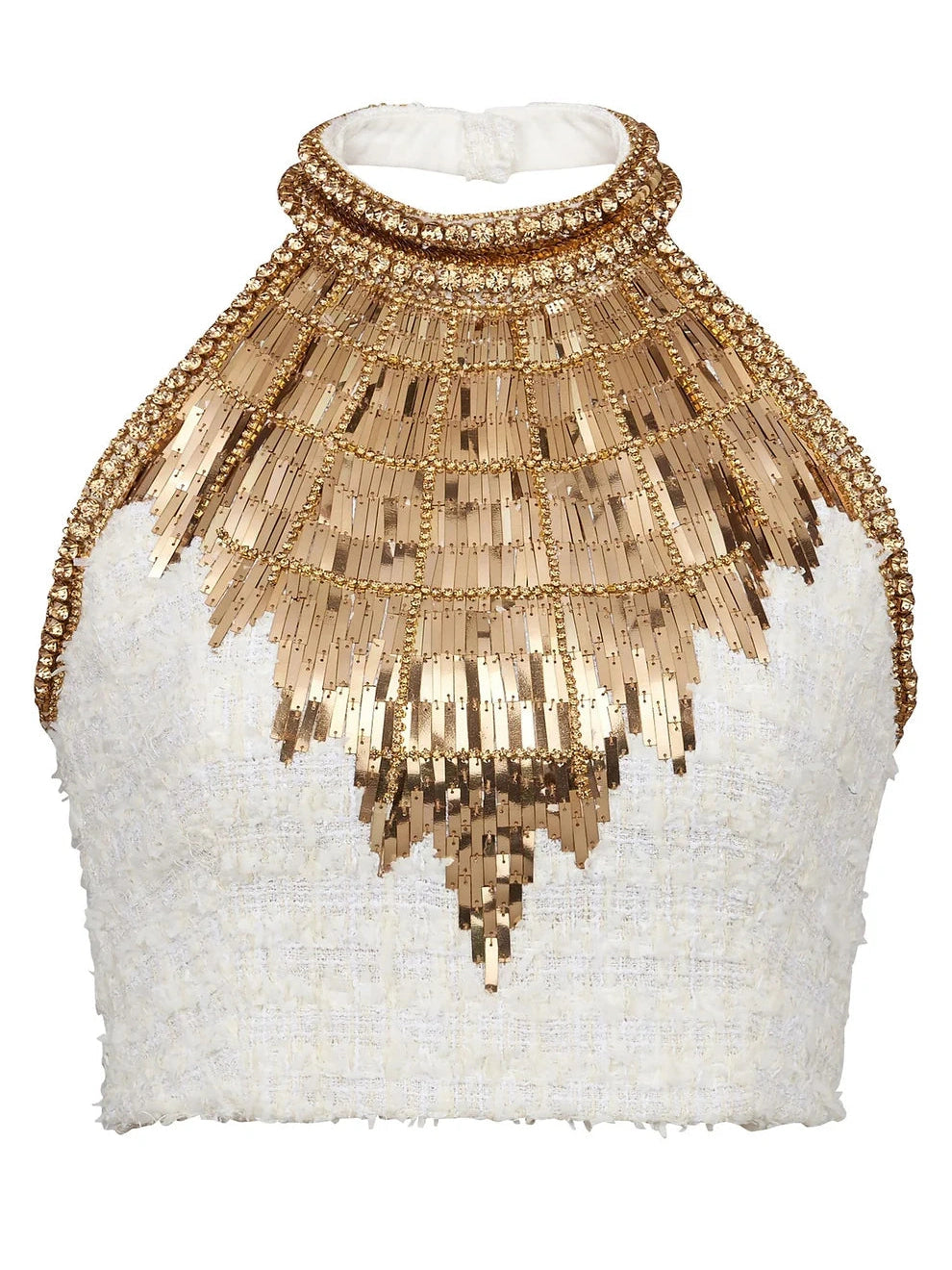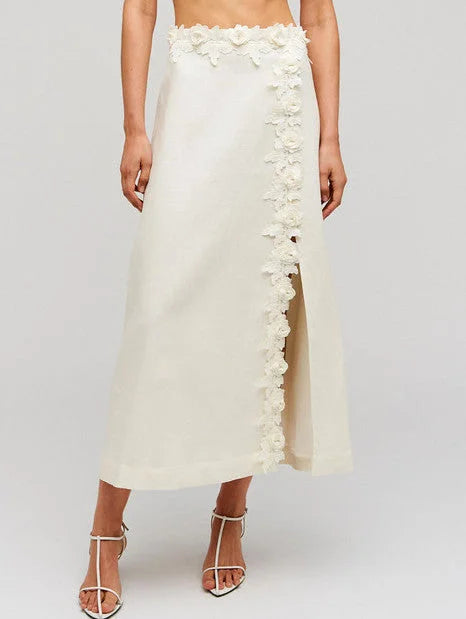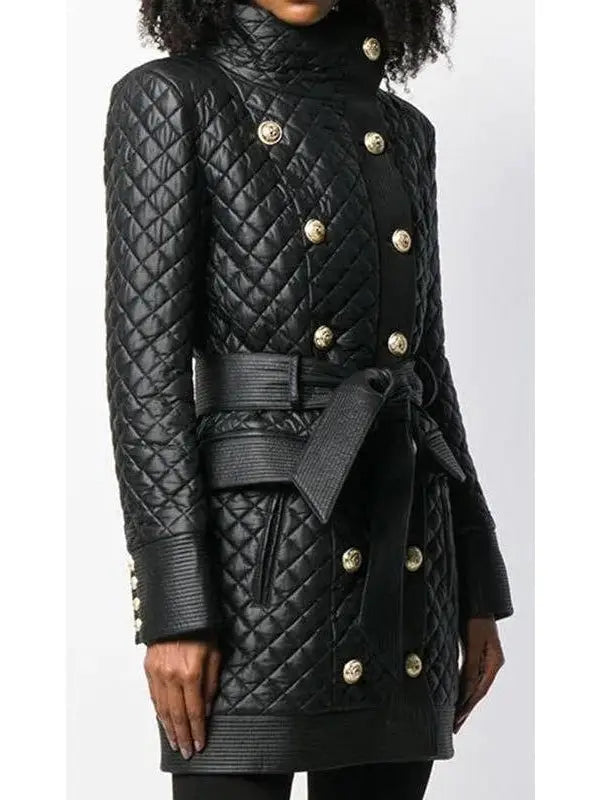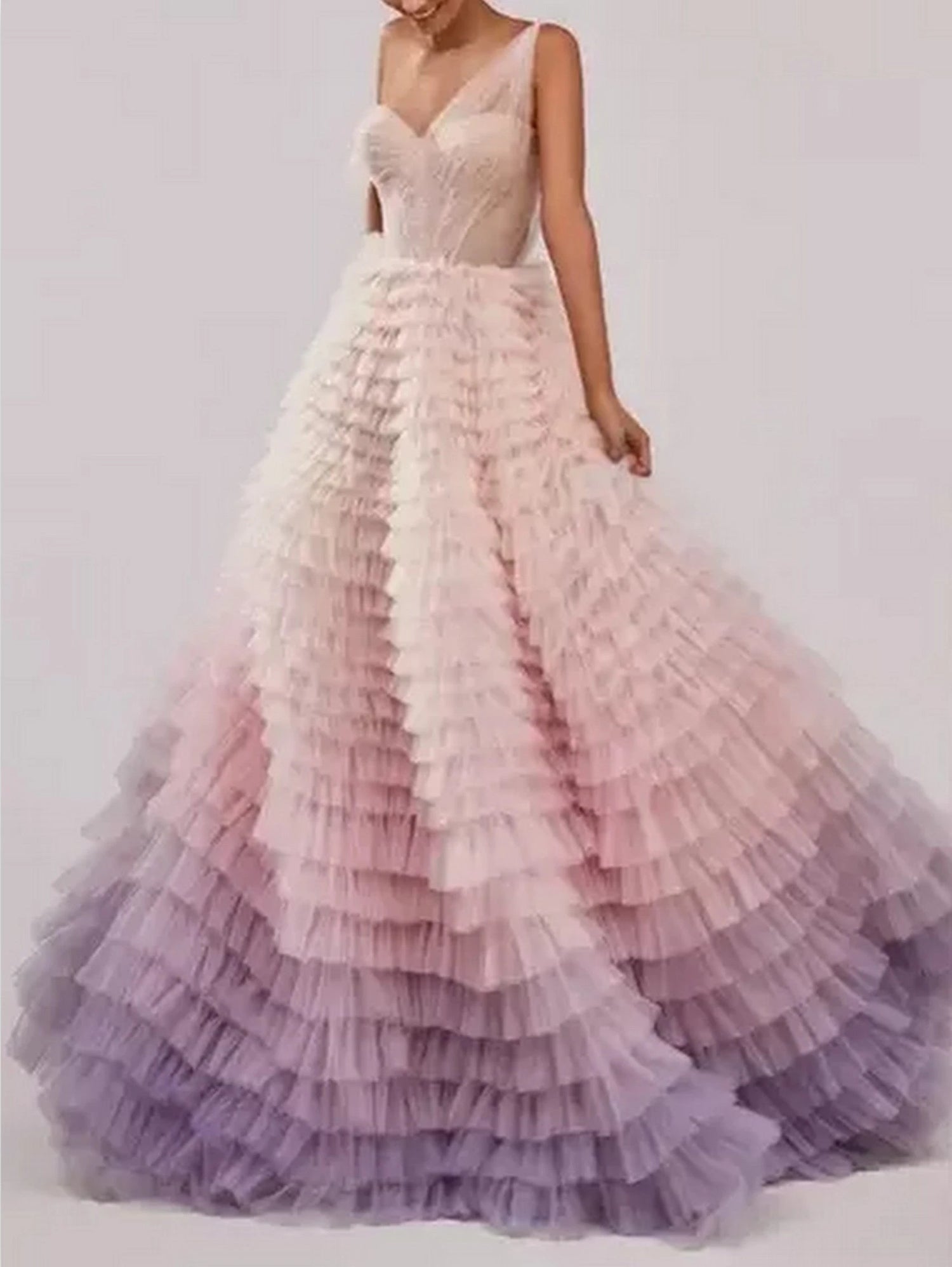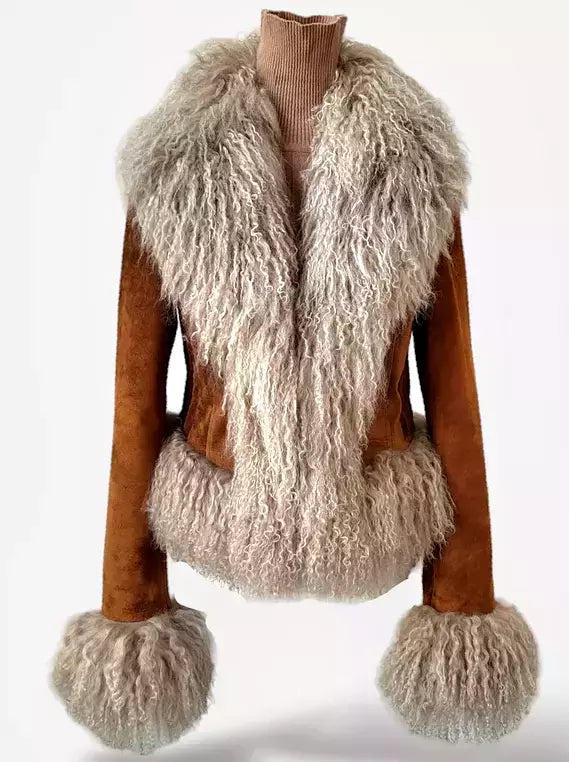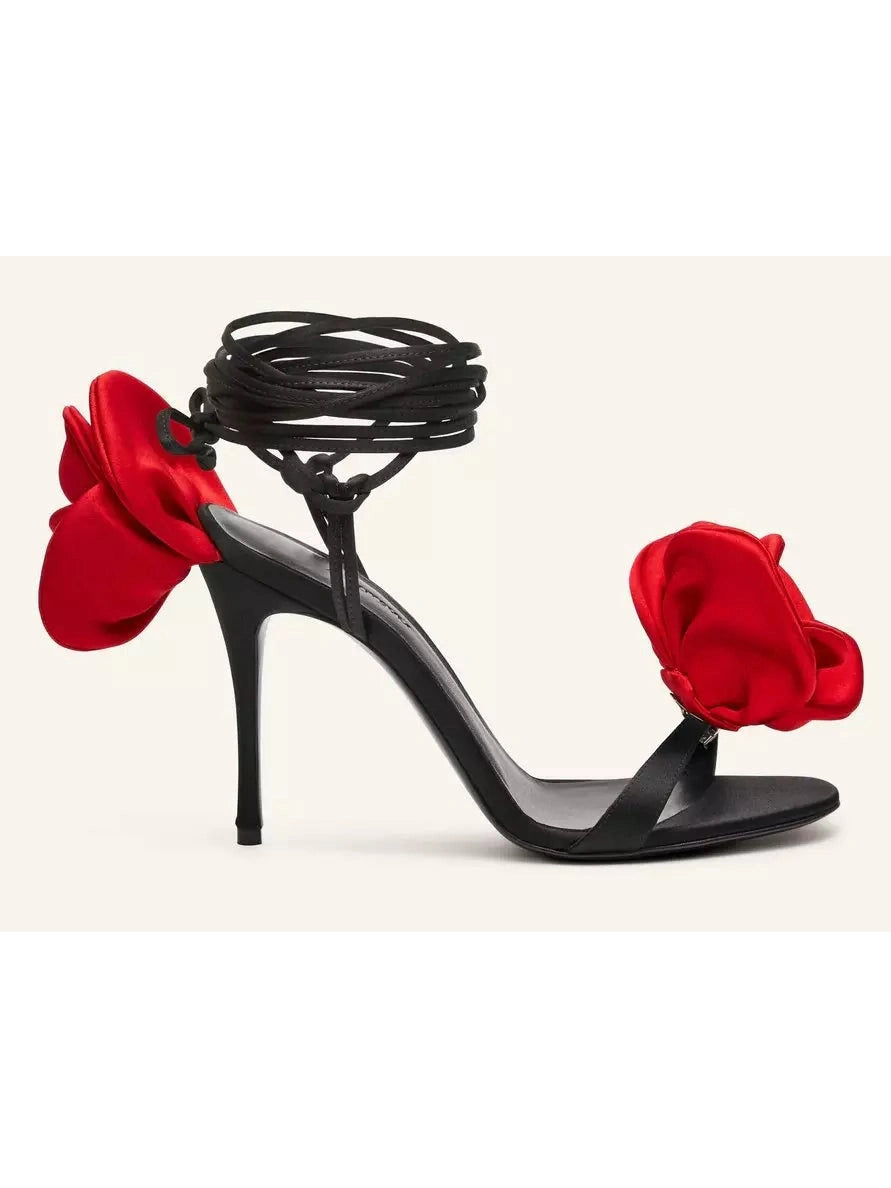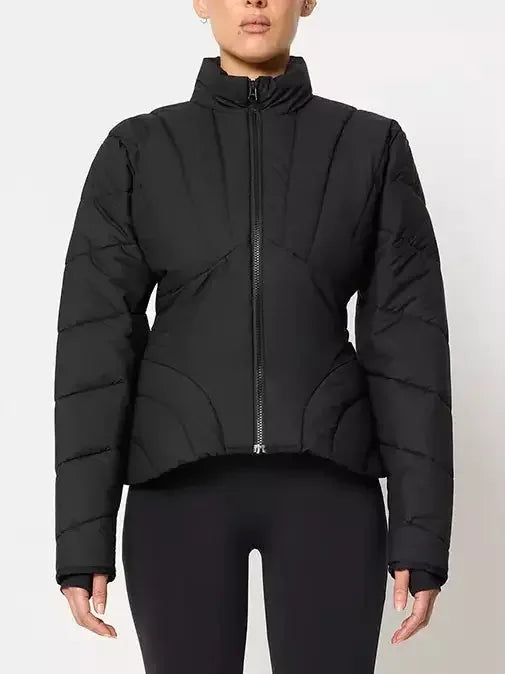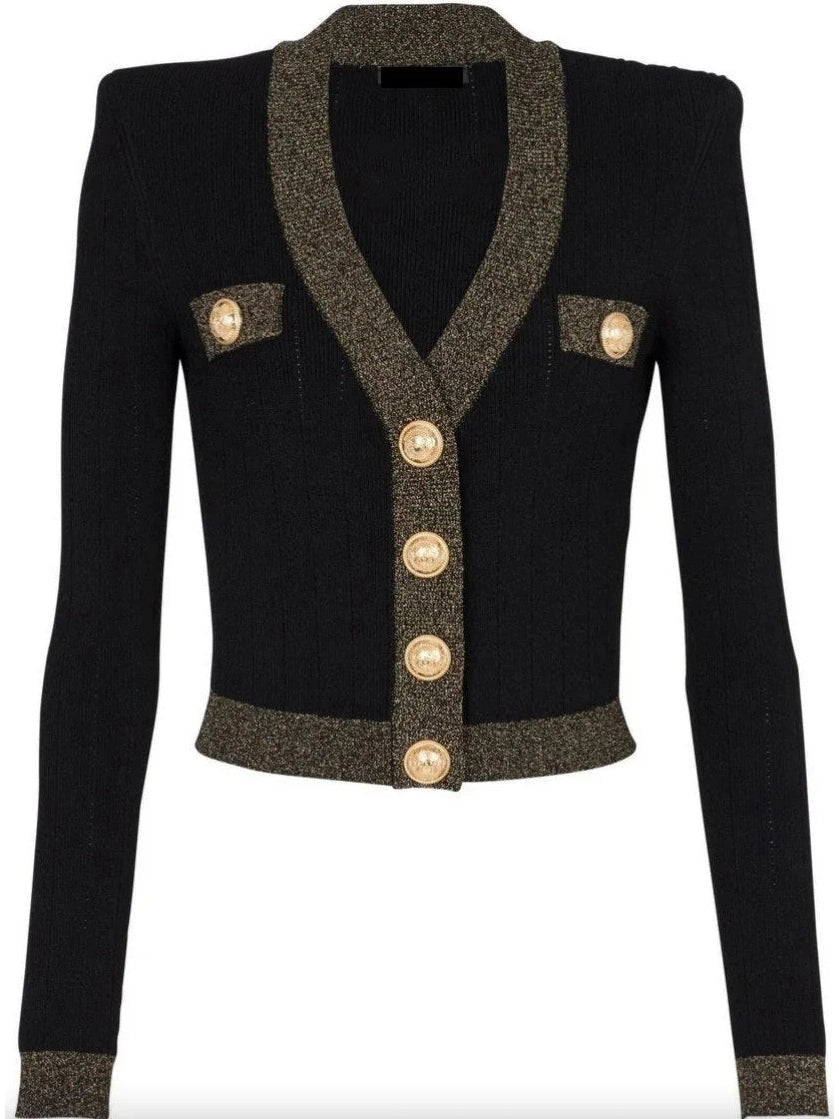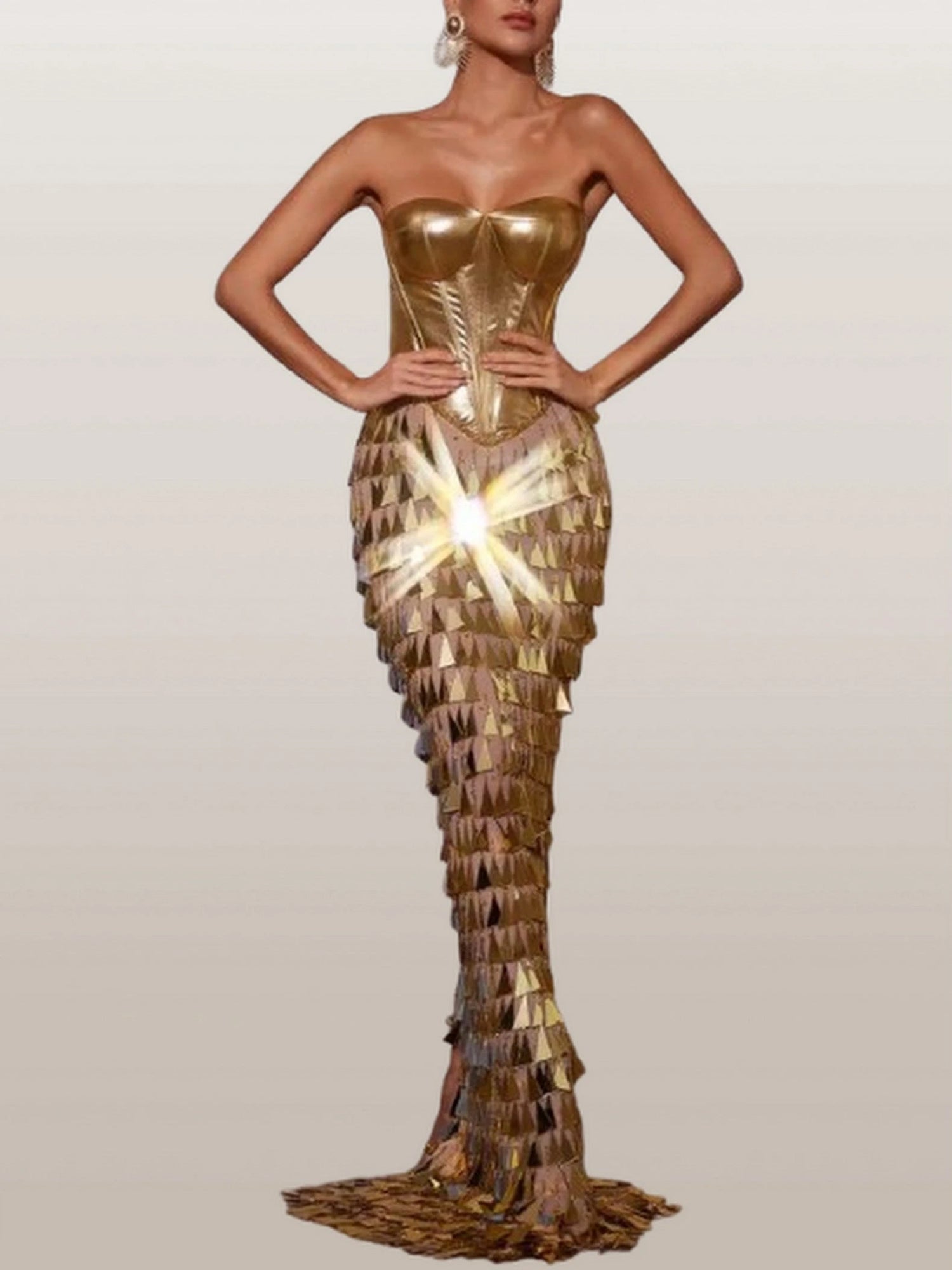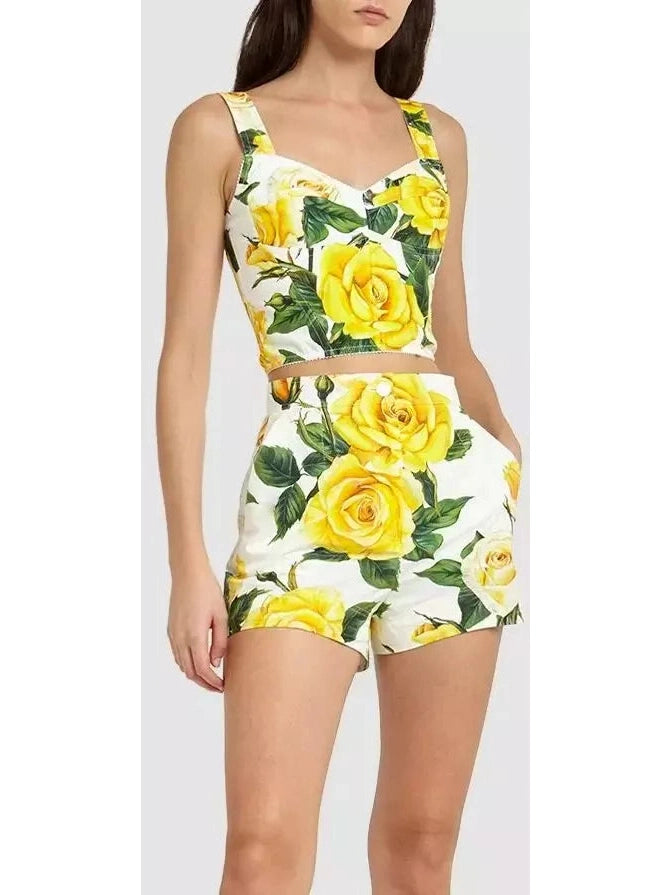
The Evolution of Women's Fashion: Trends Through the Ages
Share
Frequently Asked Questions
1. What are some key fashion trends of the 1920s?
2. How did women's fashion evolve during the 1940s?
3. What was the significance of the 'New Look' in the 1950s?
4. What are some defining trends of the 1960s?
5. How has women's fashion shifted in recent years?
When we think of fashion trends, it's easy to see how they shape our choices and influence our daily lives. Women's fashion, in particular, has been a captivating journey marked by evolution, creativity, and cultural significance. Over the last century, styles have transformed dramatically, reflecting societal changes, technological advances, and personal expressions. Join us as we embark on a nostalgic voyage through the ever-evolving world of women's fashion, exploring the prominent trends of the last hundred years.
The Roaring Twenties: Flappers and Freedom
The 1920s ushered in a new era of women's fashion characterized by liberation and spirit. Flappers, the iconic symbols of this decadent decade, broke free from the constraints of their Victorian predecessors. Fashion trends shifted dramatically as women began to embrace shorter hemlines, dropped waists, and a more androgynous silhouette. The flapper look, complete with bobbed hair, cloche hats, and excess embellishments, challenged traditional gender norms.
Key Trends of the 1920s
- Drop-waist dresses adorned with fringe and sequins.
- Cloche hats that hugged the head tightly.
- Sandals and T-strap shoes for comfort and style.
- Bold, short hairstyles signifying freedom.
The Fabulous Forties: Subtle Elegance
The 1940s were defined by the turmoil of World War II, but they also marked the emergence of chic resilience in women's fashion. Amid rationing, a pragmatic approach to clothing evolved, yet elegant styles remained in vogue. The hourglass silhouette became prominent as women embraced tailored suits, A-line skirts, and cinched waists. Notably, the invention of nylon revolutionized the industry, allowing for affordable, stylish options.
Iconic Looks of the 1940s
- Tailored suits featuring padded shoulders.
- Classic pumps for a professional look.
- Elegant dresses with accentuated waistlines.
- Utility clothing reflecting wartime conservation efforts.
The Dynamic Fifties: The Rise of the New Look
The 1950s saw the birth of the "New Look," revolutionized by Christian Dior. This era celebrated femininity and extravagance, as skirts became fuller and fabrics more luxurious. Women eagerly adopted styles that accentuated their curves, leading to a societal obsession with the hourglass figure. Fashion trends from this decade continue to inspire contemporary designs, showcasing the lasting impact of this golden era.
Popular Styles of the 1950s
- Tea-length dresses with voluminous skirts.
- Pencil skirts paired with fitted blouses.
- Bold prints and pastel colors, showcasing vibrancy.
- Cardigans and boleros worn over dresses for added flair.
The Revolutionary Sixties: Youth Culture and Mod Fashion
The 1960s brought about a cultural revolution, and fashion was no exception. With the rise of youth culture, mod fashion emerged, showcasing vibrant colors, bold patterns, and futuristic designs. The decade also witnessed the iconic mini skirt, championed by fashion icons like Twiggy. Women began to express individuality through daring clothing choices and accessories. The use of materials like vinyl and polyester was widely embraced, creating an innovative yet accessible wardrobe.
Defining Trends of the 1960s
- Mini skirts that challenged traditional norms.
- Bold geometric patterns and pop art influences.
- Flared pants and shift dresses for ultimate comfort.
- Signature accessories, such as oversized sunglasses.
The Groovy Seventies: Bohemian and Bold
The 1970s celebrated freedom and self-expression, with fashion trends leaning into bohemian styles and eclectic mixes. The era was marked by a wide range of influences, from disco to punk, leading to a collage of fashion statements. Bell-bottom jeans, flowing maxi dresses, and platform shoes became staples in women's wardrobes. It was a decade of experimentation, embracing vibrant colors, unique patterns, and diverse styles.
Key Styles from the 1970s
- Maxi skirts and dresses for a relaxed vibe.
- Fringed jackets and suede boots.
- Bold prints and earth tones inspired by nature.
- Punk elements with leather jackets and graphic tees.
The Fabulous Eighties: Power Dressing and Extravagance
In the 1980s, fashion trends took on a bold and extravagant tone, driven by the concept of power dressing. This era was all about making statements, with oversized blazers, bright colors, and defined shoulder pads dominating the fashion landscape. Women sought to assert their identities in the workplace, and fashion became a tool for empowerment. It was also a time of maximalism, where more was always more.
Notable Trends of the 1980s
- Power suits with structured silhouettes.
- Bright, neon colors and patterns reflecting the pop culture.
- Accessories piled high, including large earrings and belts.
- Leg warmers and off-the-shoulder tops popularized by celebrities.
The Nineties: Grunge Meets Glamour
The 1990s gave rise to a clash of styles, blending grunge with haute couture. Women embraced a more relaxed approach, favoring casual wear that still carried elements of style. Iconic fashion trends from this decade include slip dresses, combat boots, and flannel shirts, influenced heavily by pop culture phenomena like music and television. The decade also saw the rise of supermodels, who further propelled the fashion industry into the limelight.
Popular Styles of the 1990s
- Slip dresses layered over T-shirts for casual glamour.
- Flannel shirts creating a grunge aesthetic.
- Choker necklaces making a significant comeback.
- High-waisted jeans paired with crop tops for a playful look.
The New Millennium: Eclectic Choices and Sustainable Practices
Trend Highlights of the 2000s
- Skinny jeans dominating casual looks.
- Mixing high fashion with streetwear influences.
- Revival of vintage styles, particularly from the 80s and 90s.
- Increased focus on sustainable and ethical fashion choices.
The Present Day: Fashion in a Globalized World
Today, the world of women's fashion is an exciting blend of past inspirations and forward-thinking innovations. The trends we see now are as diverse as the women who wear them. Personal style reigns supreme, with a constant experimentation of silhouettes, materials, and cultural references. The rise of influencers and fashion icons has created a unique dynamic where individuals seek to express themselves creatively through diverse styles. Additionally, inclusivity and representation are at the forefront, reshaping the industry to embrace all body types and backgrounds.
Today's Fashion Trends
- Athleisure merging style with comfort for everyday wear.
- Cottagecore aesthetics celebrating simplicity and nature.
- Gender-fluid styles breaking traditional barriers.
- Digital fashion and virtual styles emerging in online spaces.
Embracing the Future: Your Personal Style Journey
The journey through women’s fashion over the past century showcases a tapestry woven with cultural significance, creativity, and resilience. As we continue to navigate through fashion trends, remember that your personal style is an expression of who you are. Embrace the styles that resonate with you, whether they’re rooted in history or fresh and contemporary. In a world where trends come and go, consistency in knowing your own style will always have a place in fashion. So, why not take a step towards discovering that unique fusion of historical influence and personal flavor that makes your wardrobe truly yours?
Ultimately, the evolution of women's fashion stands as a testament to individuality and empowerment. As we draw inspiration from those who came before us, let’s continue the legacy of expressing ourselves through the beautiful art of fashion.
Discover the creations of a fellow Shopify or Wix store owner. Check out their online store here. Please remember that this is a promotional link, and we are not liable for the content of the linked store.
